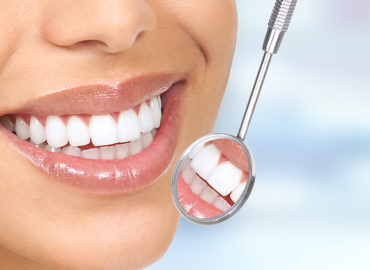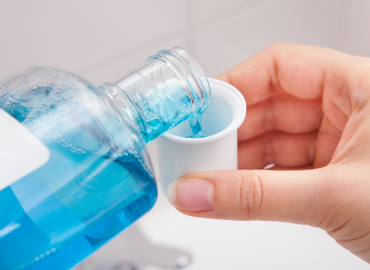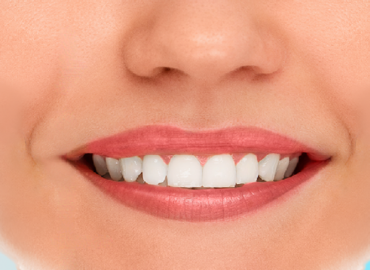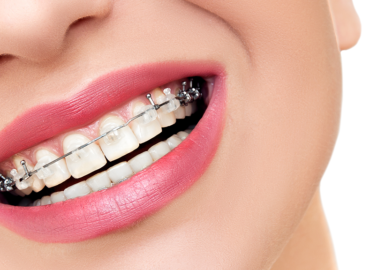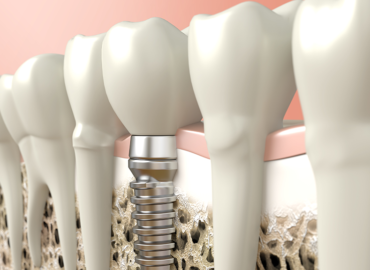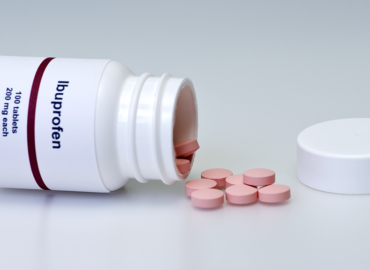Whitening Instructions
To properly perform the whitening procedure at home:
- Brush and floss just before whitening. The bleach works best on clean dry teeth. Therefore, making sure your teeth are clean is essential to getting the most out of any bleaching system.
- Make sure the trays are clean and dry. It is easiest to simply brush the trays with your toothbrush and toothpaste using cold water. It’s often most convenient to clean your trays when you brush your teeth. Gently dry the trays with a towel or tissue. Any water left in they trays will reduce the efficiency of the whitening gel.
- Place a thin bead of gel evenly across the bottom of the tray. If using a system that requires individual drops of gel then place a small drop of whitening gel on the inner front half of each tooth on the tray (so the gel will go on the front side of each tooth) that you want to whiten. It is not necessary to put the whitening gel on teeth with crowns or fillings because these will not whiten. It is also not always necessary to put whitening gel on the very back teeth as no one sees them.
- Insert the whitening trays in the mouth with firm pressure to make sure that they are seated properly. Wipe off any excess whitening gel that extrudes out of the trays and onto the gums. Wear the trays as directed by your dentist (usually 15 minutes to 1 hour to overnight, depending on the type of whitening gel used).
- After whitening, remove trays and rinse your teeth. If your bleaching kit comes with a desensitizing rinse you should use it at this time.
- Trays should then be rinsed with cold water and cleaned by brushing with a toothbrush. The trays should then be stored in a tray holder in a cool, dry place.

